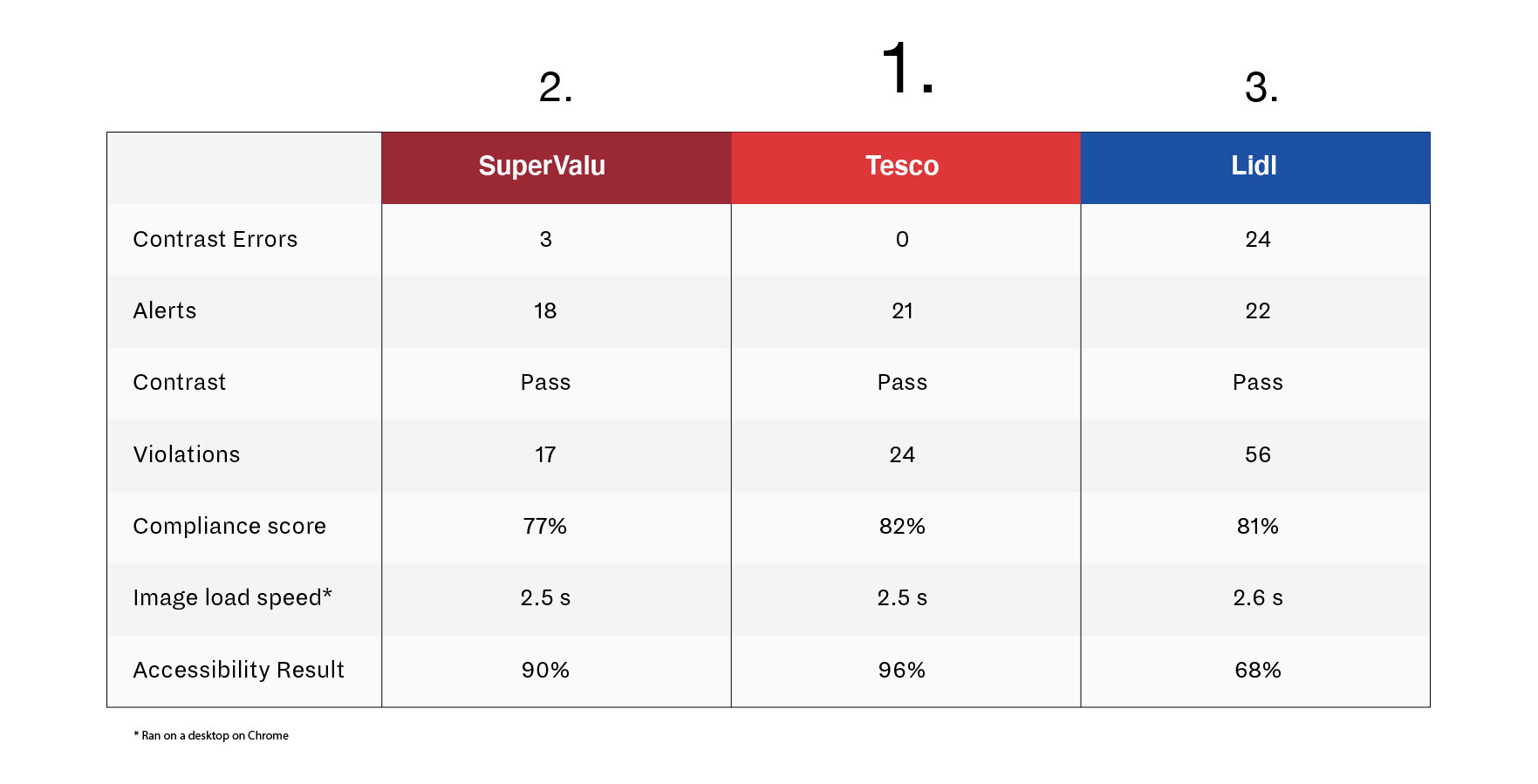The importance of accessibility
It has been reported that increasing numbers of people with intellectual disabilities are having issues with online accessibility in Ireland. With most services having moved online this leaves people with disabilities restricted with having trouble accessing and using the web. The EU Parliament requires that public bodies ensure that there are accessibility measures in place to enable users access to websites and mobile applications.
There are a number of disabilities that affect access such as speech, visual, cognitive, physical, neurological and auditory impairments. Elderly people are also at risk of isolation as more services move online. Web accessibility should be used as a method for helping the whole community. Our goal should always be an internet that is accessible for everyone.
How do we all ensure accessibility standards are met?
Web accessibility is difficult to enforce as the web is not regulated. The World Wide Web Consortium (W3C) has set out a set of guidelines to help everyone make sure that the web is accessible for all.
The primary principles of web accessibility are the following:
Perceivable: text alternatives, alternative multimedia, alternative presentation and easy to see and hear
Operable: Functionalityavailablewithjustusingakeyboard, enough contract and legibility, not flashing or bright images that may cause seizures or physical reactions.
Understandable: readable text and easy to understand, predictable layout and structure and help correct mistakes if they arise (red marks, icon of an X to imply an error has accrued.
Robust: Ensuring valid information creating reliability.
Testing:
During the pandemic there has been an increase in people ordering their shopping online due to restrictions and generally a sense of caution leaving their homes for many reasons. With little open people have generally not been able to spend their income elsewhere. According to The Irish Times shoppers have spent an extra €143 million on groceries in lockdown.
I will be analysing some of the main supermarkets to see how they measure up in terms of accessibility. The companies are SuperValu, Tesco and Lidl.
Conclusion
The results show that Tesco comes out on top in most areas, then Supervaluand Lidl comes in last. One of the recurring issues that came up, were the lack of image captions. By simply adding an alt tag into the code this could be fixed. All three of the sites were difficult to navigate with just the keyboard keys. Tesco felt a lot cleaner and easy to use with larger and more visible type while Supervalu and Lidl seemed a little more cluttered.
On a positive note, Tesco are now offering a free delivery service to over 65s.
If you would like to learn how to make web content more accessible, please see below:
References
Inclusion Europe: Intellectual Disabilities
NDA EU Web Accessibility Directive
Web Content Accessibility Guidelines
The Irish Time: Irish shoppers spend more in lockdown


